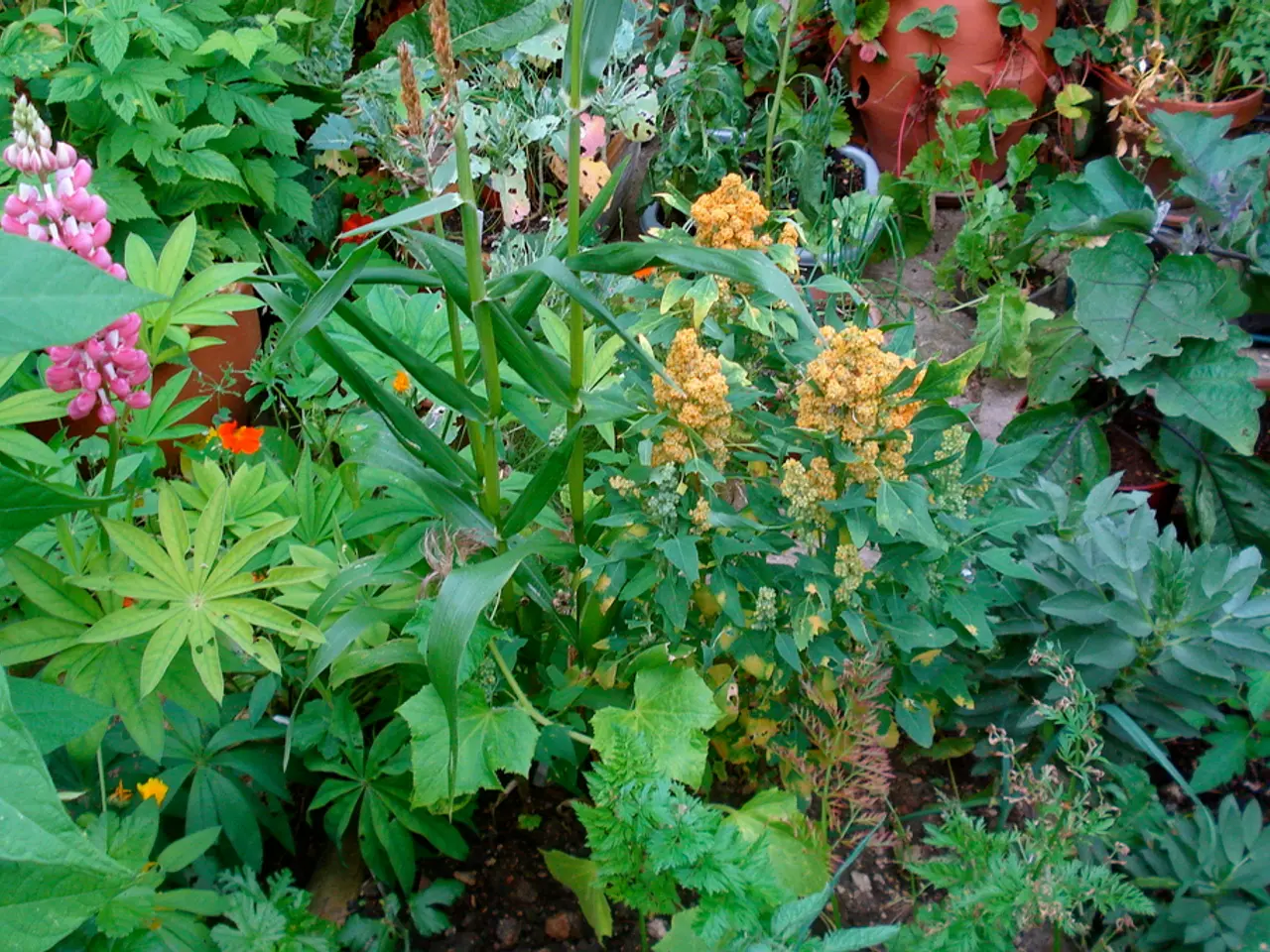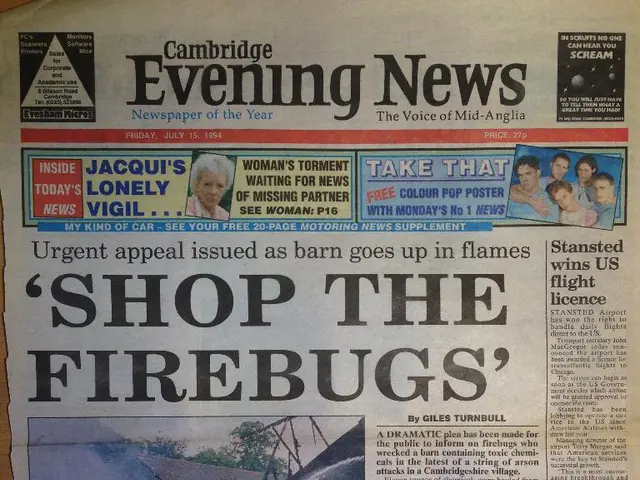Cultivating Mistletoe and Enchantment: A Guide to Growing This Winter Favorite in Your Own Backyard
Mistletoe, the iconic holiday plant, is more than just a symbol of festive cheer. This parasitic plant has a long history, fascinating characteristics, and can be a part of wildlife gardening.
Firstly, it's essential to understand that both male and female plants are necessary for berry formation in mistletoe. The seeds, extracted from ripe, fresh berries, are the key to growing new mistletoe plants. These seeds should be pressed directly into the bark of a compatible, mature host tree, preferably one that is robust and healthy with branches at least 4" wide and easily accessible.
Choosing the right host tree is crucial. In North America, American mistletoe (Phoradendron leucarpum) thrives on around 60 different tree species, with maples, walnuts, oaks, elms, and tupelos being common hosts. In Europe, European mistletoe (Viscum album) grows best on apple trees, European lindens, poplars, hawthorns, and black locust. It's recommended to choose a mistletoe species that is native to your region to avoid potential invasiveness.
Once established, mistletoe can be invasive and difficult to control. Pruning is advisable to keep it in check and protect the host tree. Pruning mistletoe balls back so that they don't become too heavy for the host is also recommended.
The best time to plant mistletoe is either late fall or early spring. Seeds do not require fertilizing, watering, or any other care after being applied to the host. They need light for germination and should not be covered.
Growing mistletoe requires patience, as it is a slow grower, and you can expect to see a fruiting plant in around three to five years. It's worth the wait, as mistletoe plants make excellent Christmas flowers and foliage for decoration.
The tradition of hanging mistletoe during Christmas has a long history that dates back to ancient Druids and Norse mythology. The tradition of kissing beneath mistletoe became widespread around 300 years ago. In North America, American mistletoe is used instead of European mistletoe for Christmas decorations.
However, it's important to note that the fruits of mistletoe are toxic to humans and pets if ingested in large enough quantities. Therefore, care should be taken when handling and displaying mistletoe during the holiday season.
In conclusion, mistletoe is a fascinating plant with a rich history and a place in modern wildlife gardening. With the right care and choice of host tree, you can grow your own mistletoe and enjoy its festive charm.
Read also:
- Struggles of Nepal's Himalayan wildlife amidst expanding livestock populations and road networks (opinion piece)
- Coverage of Medical Treatment Questioned: Patient Receives Bill for $17,000 Despite Insurance Promise of Coverage
- Social Change Advocates : A Compilation of Zines as Driving Forces
- Guide to Choosing the Best Animation Company in Belgium: A Comprehensive Overview




